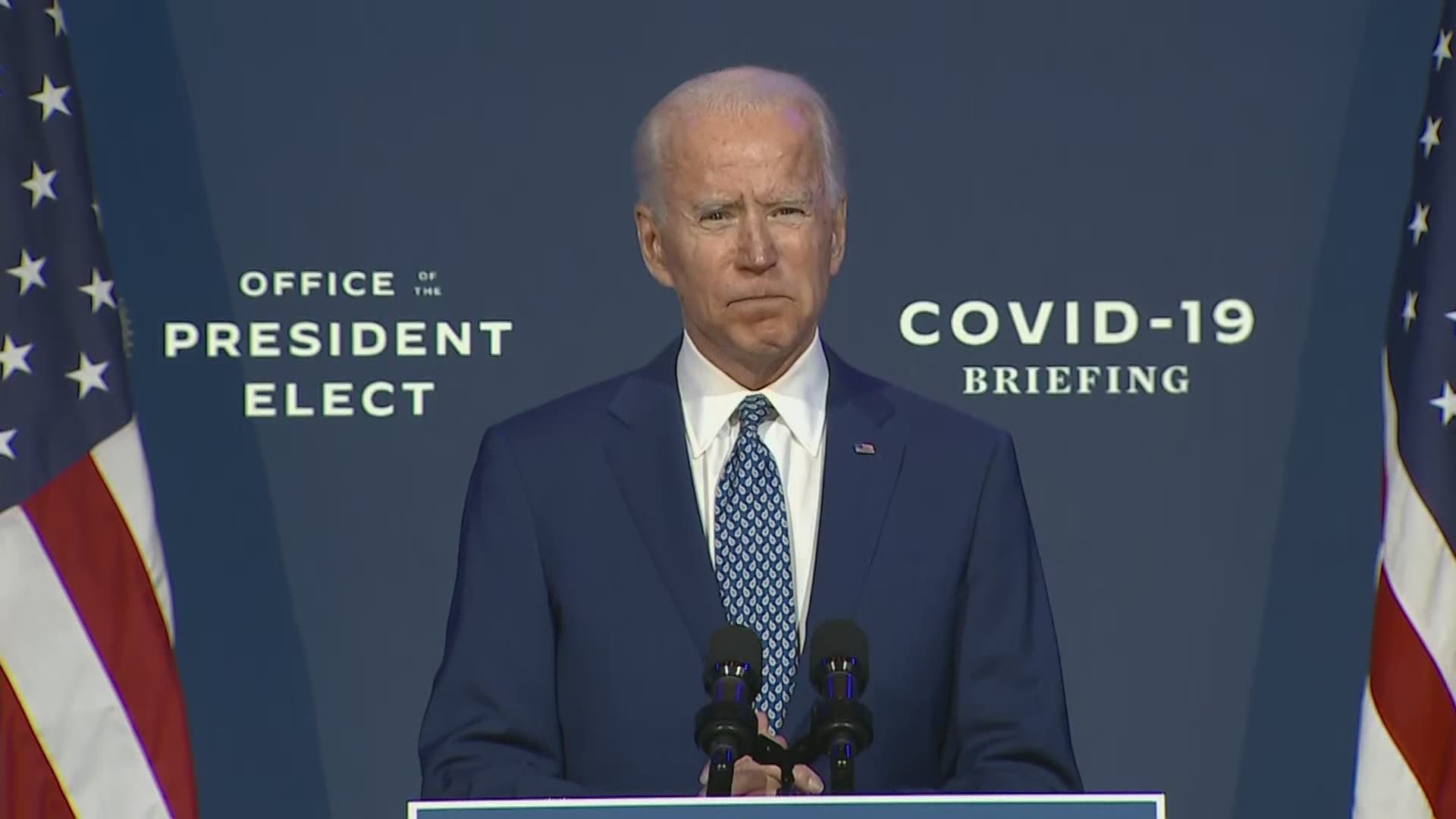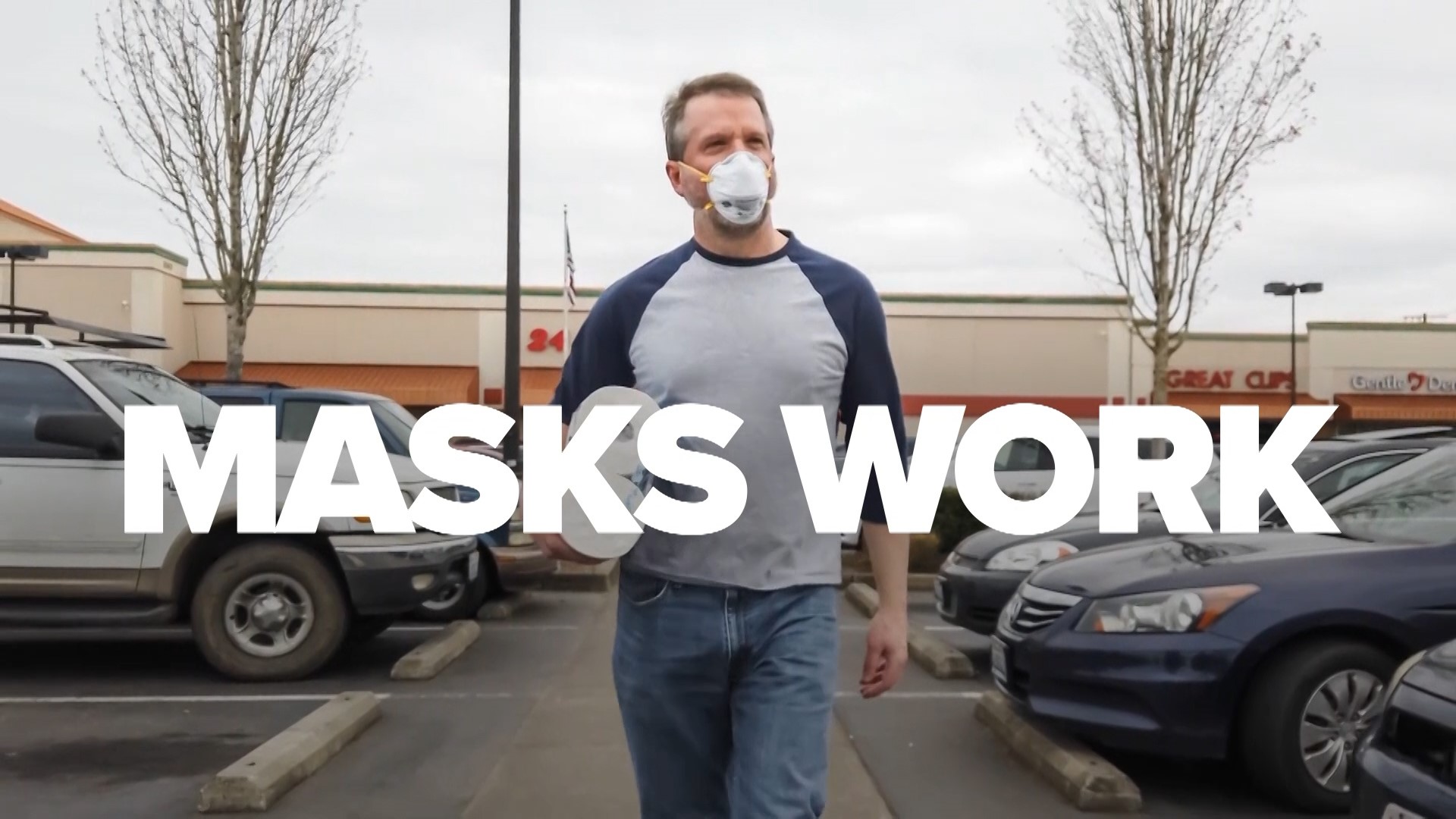A member of President-elect Joe Biden's newly formed coronavirus task force says if federal government pays people, businesses and local governments during a 4-to-6 week lockdown, it could get the pandemic under control in time for a vaccine.
Dr. Michael Osterholm, director of the Center of Infectious Disease Research and Policy at the University of Minnesota, said that time frame could get the U.S. into the start of what is expected to be the first COVID-19 vaccine availability.
"We could pay for a package right now to cover all of the wages, lost wages for individual workers; for losses to small companies, to medium-sized companies; for cities, states, county governments, we could do all that. If we did that, then we could lockdown for 4 to 6 weeks," Osterholm told Yahoo Finance Wednesday. "And if we did that, we could drive the numbers down like they've done in Asia, like they did in New Zealand and Australia."
How would it be paid for? Osterholm, who wrote an August op-ed with Minneapolis Federal Reserve Bank President Neel Kashkari, said the current personal savings rate and the historic-low interest rates could allow the government to cover it.
Osterholm said this week that the U.S. is entering what he calls "COVID hell."
"Back on Labor Day, we were at about 23,000 cases of new coronavirus infection every day. Today, we're going to be in the 130s to 140,000 again," Osterholm told Yahoo Finance.
There were 144,133 new cases of COVID-19 in the U.S. Wednesday, according to Johns Hopkins University -- a new record and the ninth straight day the country was over 100,000 cases. Nearly 2,000 people died due to the virus Wednesday, the highest number in more than six months.
A record 65,368 people in the U.S. were hospitalized with the coronavirus Wednesday, according to the COVID Tracking Project. More than 12,500 were in intensive care.
Osterholm said three things are exacerbating the problem:
- Pandemic fatigue: People tired of taking safety measures, including social distancing.
- Pandemic anger: Osterholm noted about 1/3 of Americans don't believe the pandemic is real.
- Indoor air: People are spending more time indoors, increasing the chance of exposure to the virus.
Osterholm said the pandemic is reaching a point where there won't be a differentiation between red and blue counties or states for much longer. It will be everywhere.
National Institute of Allergy and Infectious Diseases director Dr. Anthony Fauci and Health and Human Services Secretary Alex Azar said Tuesday they believe a vaccine will be available to average Americans by early spring. Azar said the first doses for the most vulnerable patients and frontline health workers could start going out by the end of the year.
Pfizer announced Monday its COVID-19 vaccine could be 90% effective based on early and incomplete test results. Fauci said that level of effectiveness could convince more people to take it sooner.


